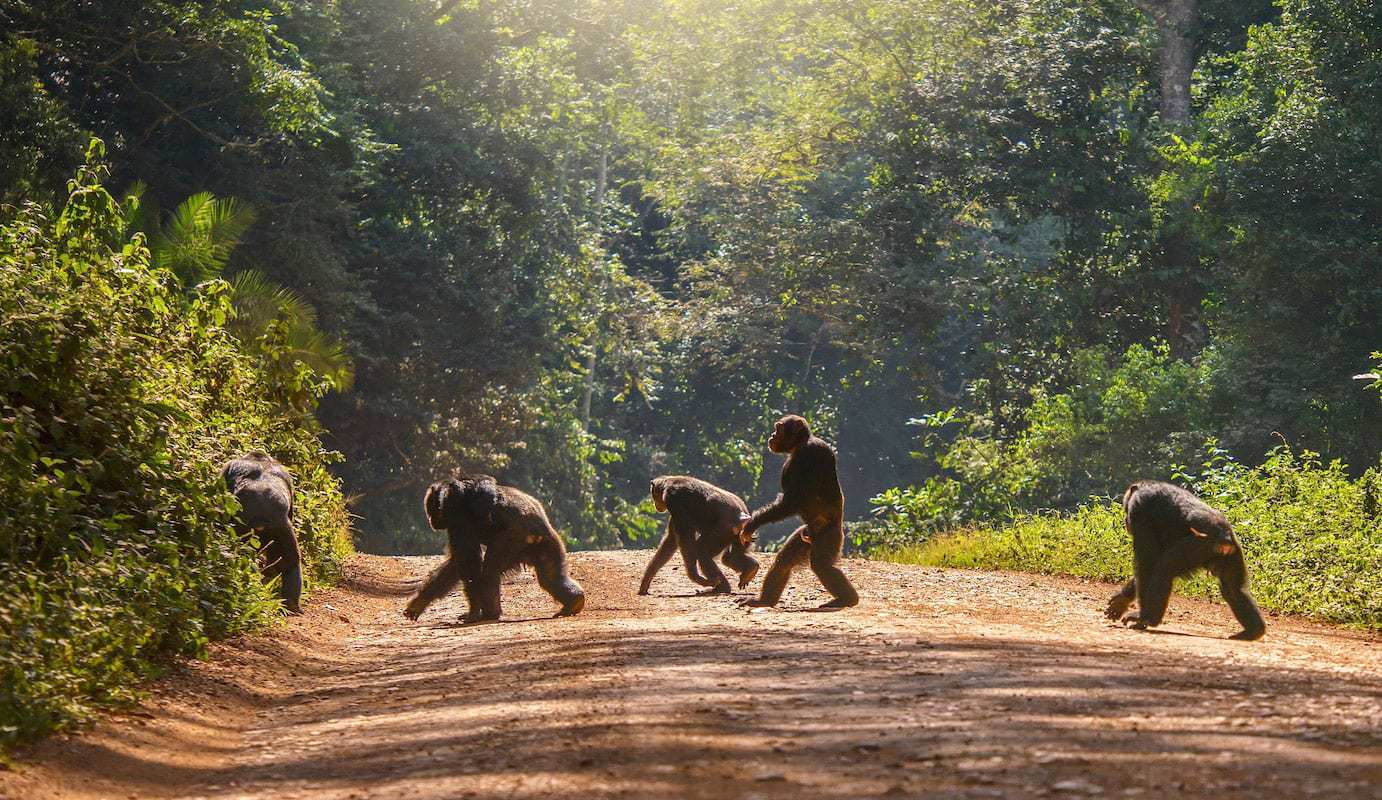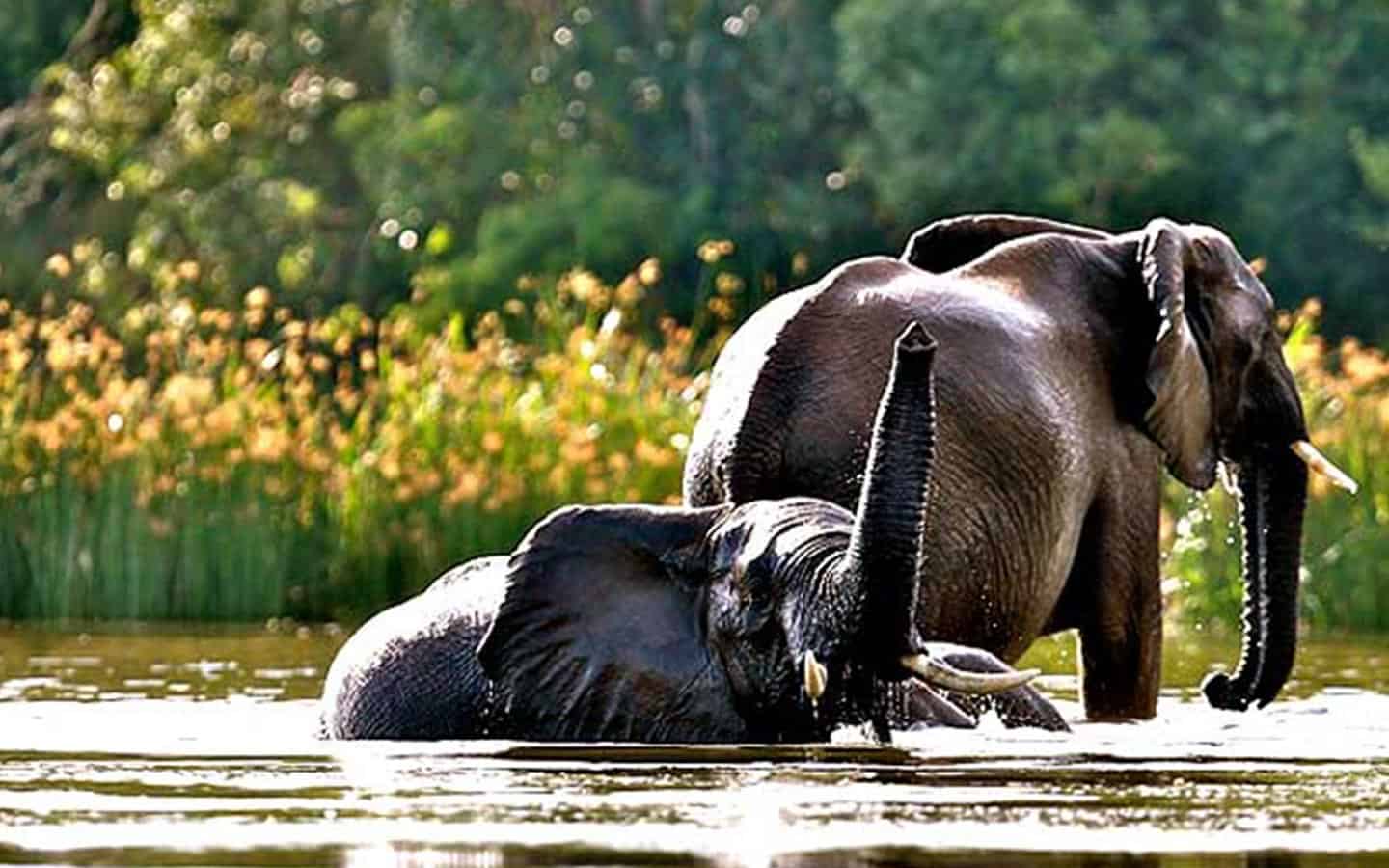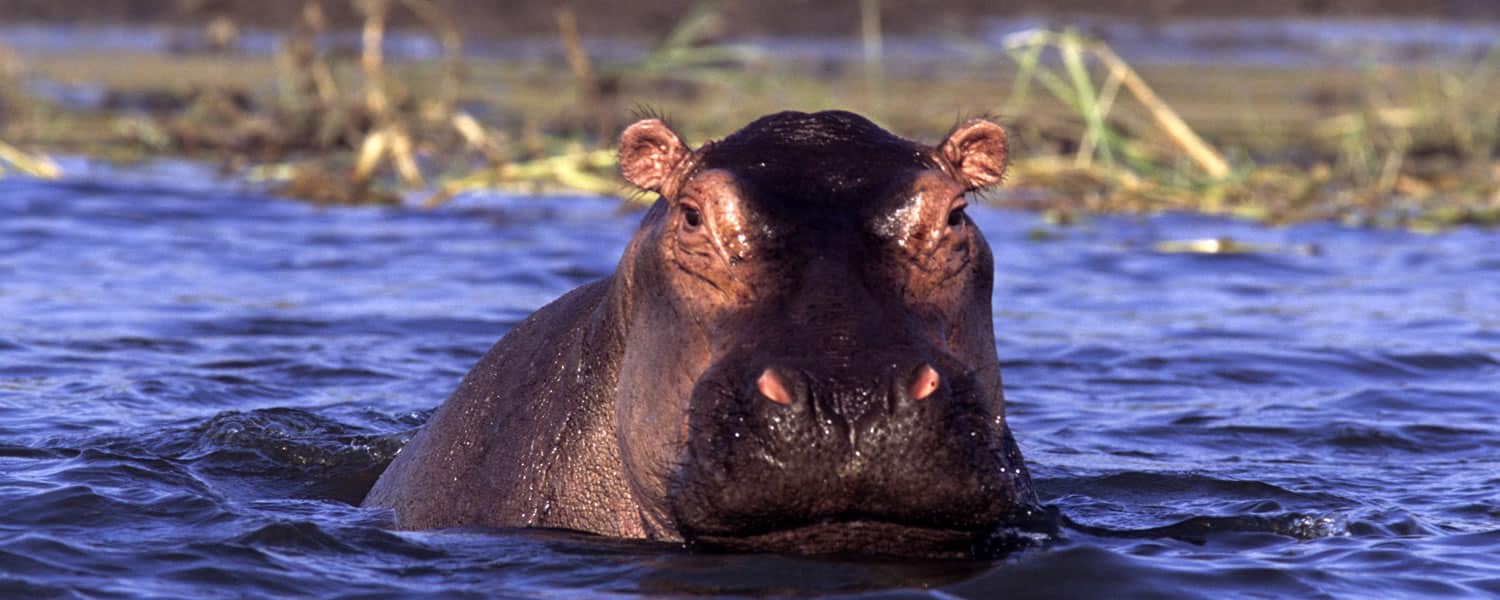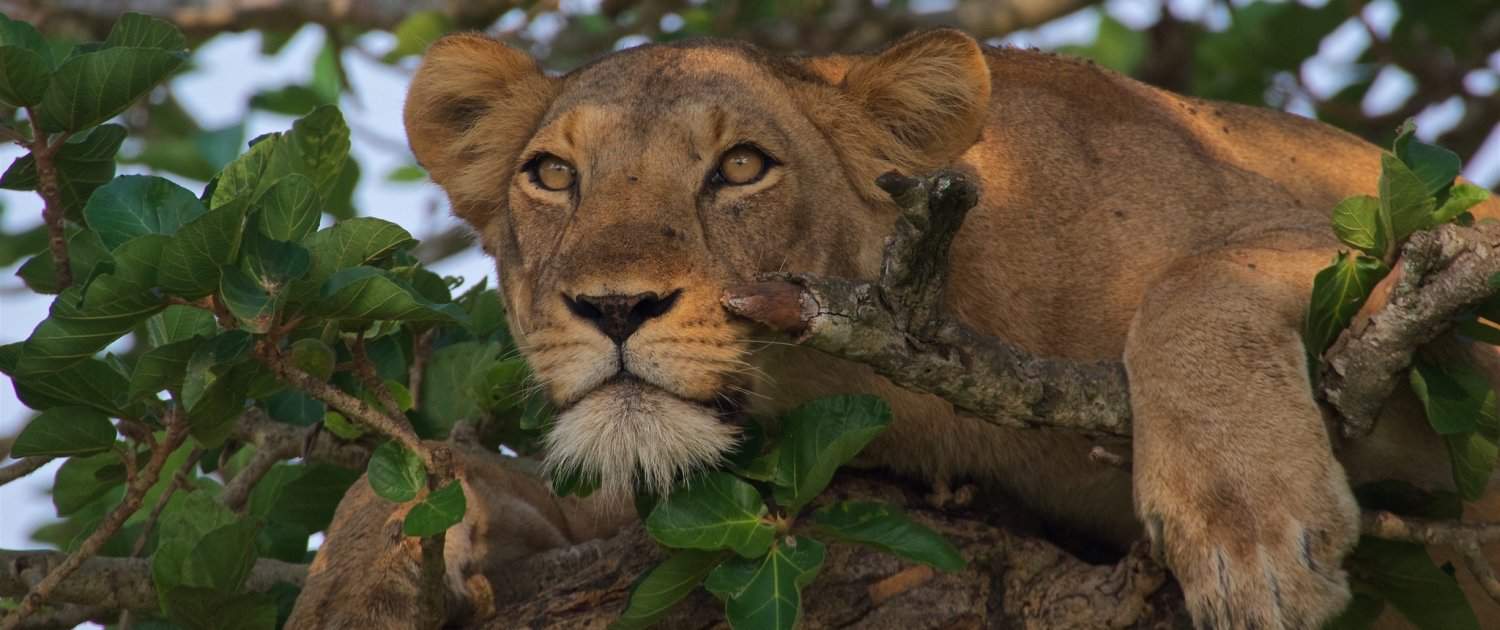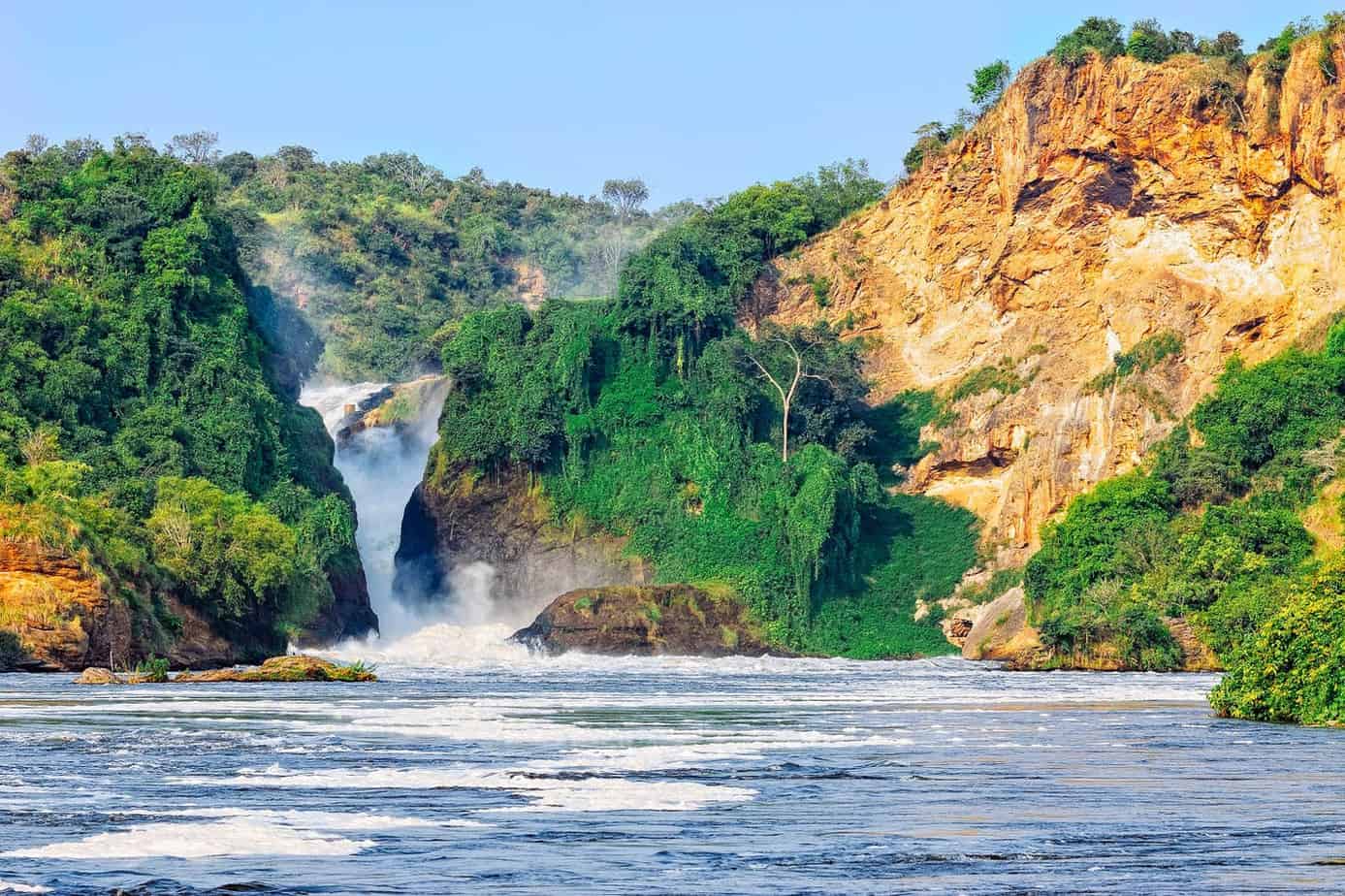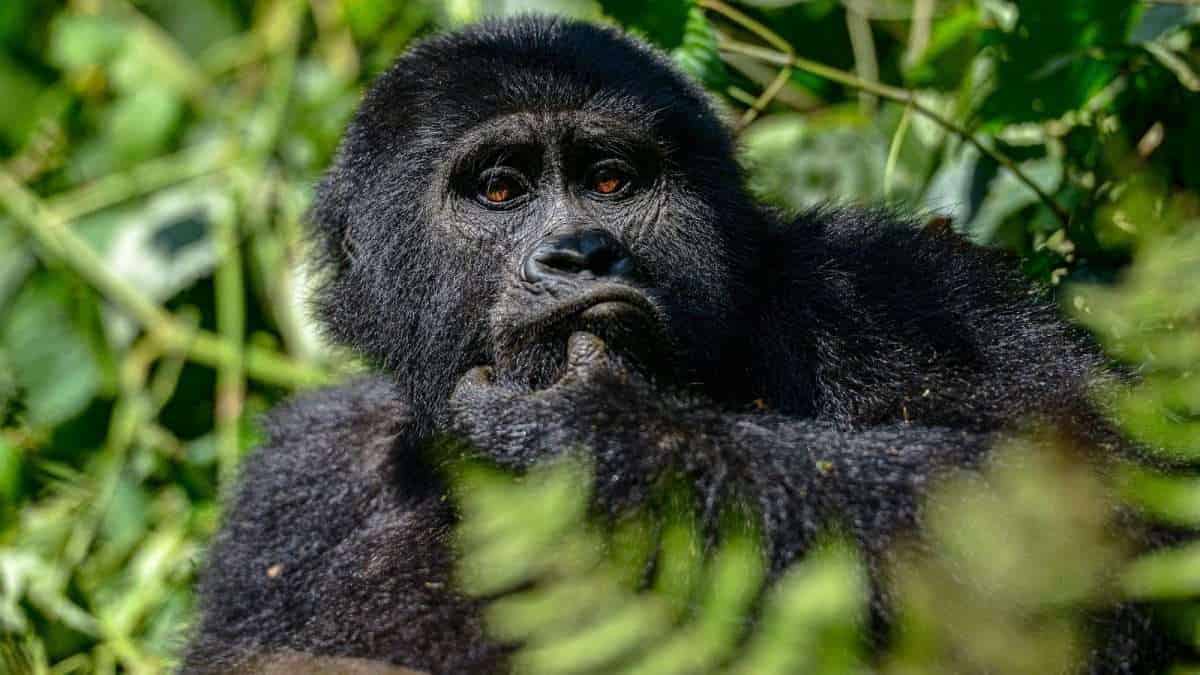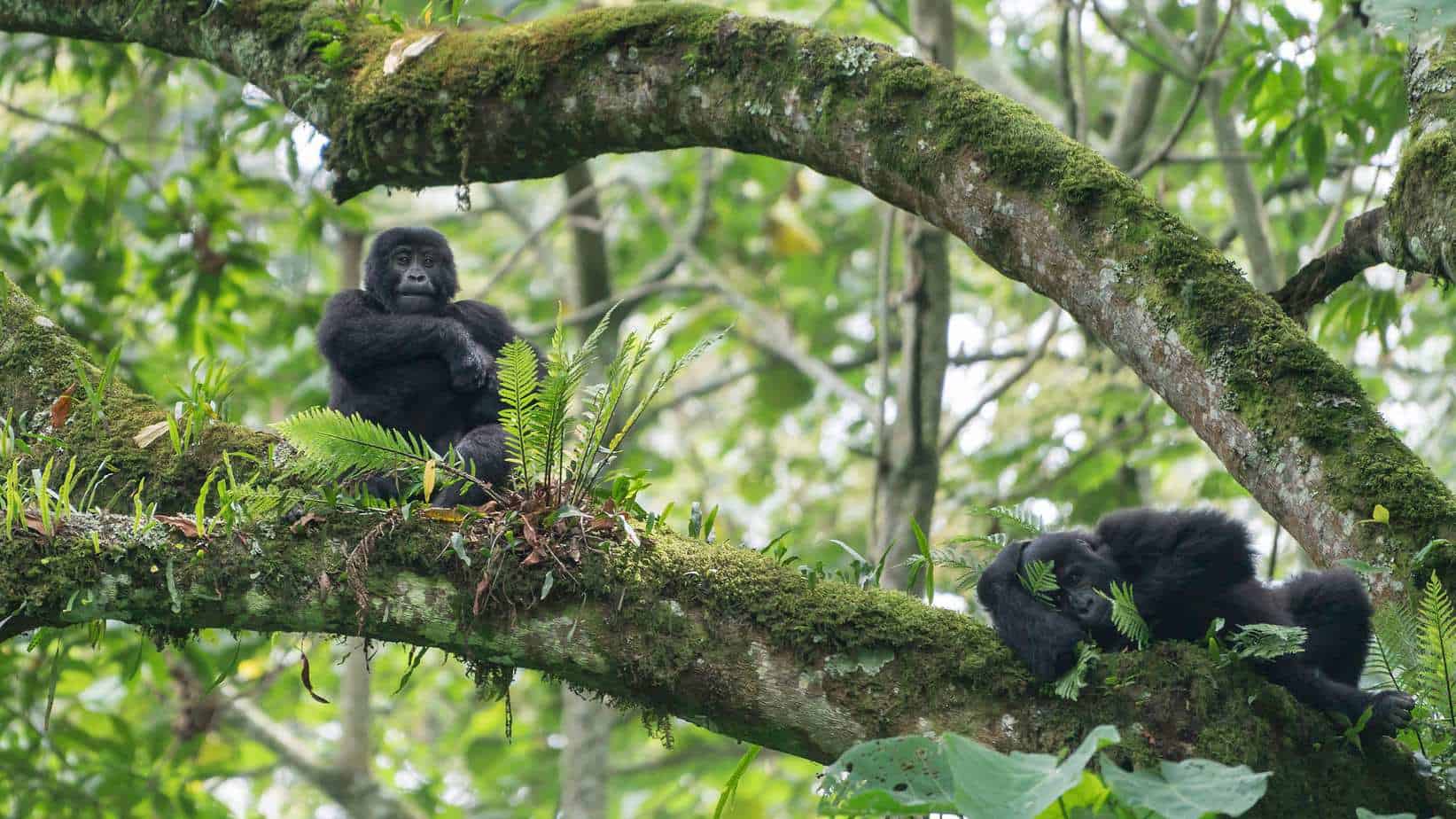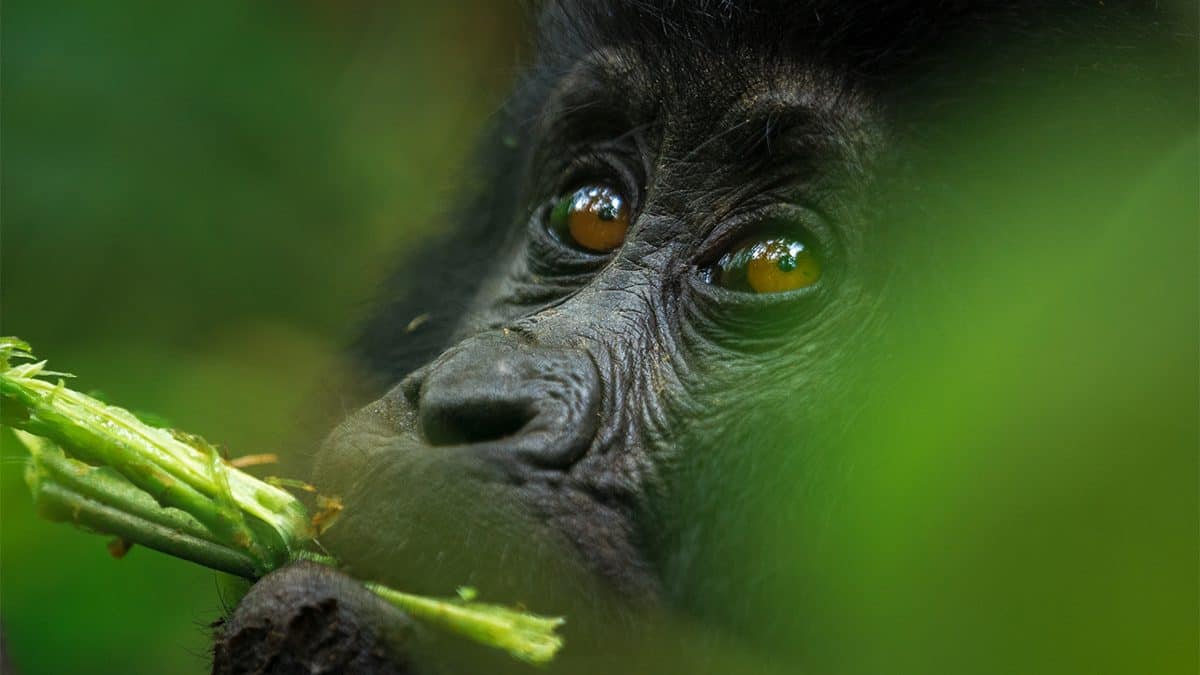Uganda
When to Go?
Amazing views of Mountain Gorillas and chimpanzees plus other wildlife living in their natural habitat all in a secure environment. Uganda presents the Big 5 animals worth seeing on your safari in Uganda. Out of the 330 mammal list to see on Uganda tours, there is no critically endangered species, while 7 are endangered, 2 vulnerable and 17 near threatened.
Besides the wild animals such as the lions, zebras, giraffe, rhino, buffalo and others, you can decide to visit the Murchison Falls, or take on white water rafting on the Nile, visit cultural and historic sights or take on bungee jumping and so much more on your adventure trails. There is so much to see and do while on Uganda safaris
Uganda is probably the most abundant countries across Africa, in a number of areas it’s possible to harvest as many as 3 crops every year. Coffee in plenty and the best mountain cultivated Arabica beans, as well plenty of Robusta beans offer the basis for the majority of instantaneous coffee plus cola drinks in the western world.
The most frequently asked questions about Uganda! Well, the answer is simple! You can visit Uganda anytime of the year! Its a warm and tropical climate here. The difference could be the cost of a safari, usually higher during the peak season.
Average temperatures are 21.5°C and when they drop, its usually to a minimum of 12°C. While its true that we have some rainy seasons, the rains are not so bad to stop you from traveling and enjoying a safari. May and April are usually discounted by many safari operators and Uganda Wildlife Authority itself by giving a discount of $ 150 less for a Uganda Gorilla permit.
June, July and August, December, January and Feb are the best months for game viewing in Queen Elizabeth and Murchison Falls National Parks.
Uganda Wildlife Safaris & Tours Uganda Packages
Safari Style
Uganda, a small, beautiful country with a diverse range of languages and cultures, is the source of the White Nile and an ideal safari tour destination. It also contains the Mountains of the Moon, the Bwindi Impenetrable Forest, and much of Lake Victoria’s northern shores, making it one of the last refuges for the endangered mountain gorilla.

